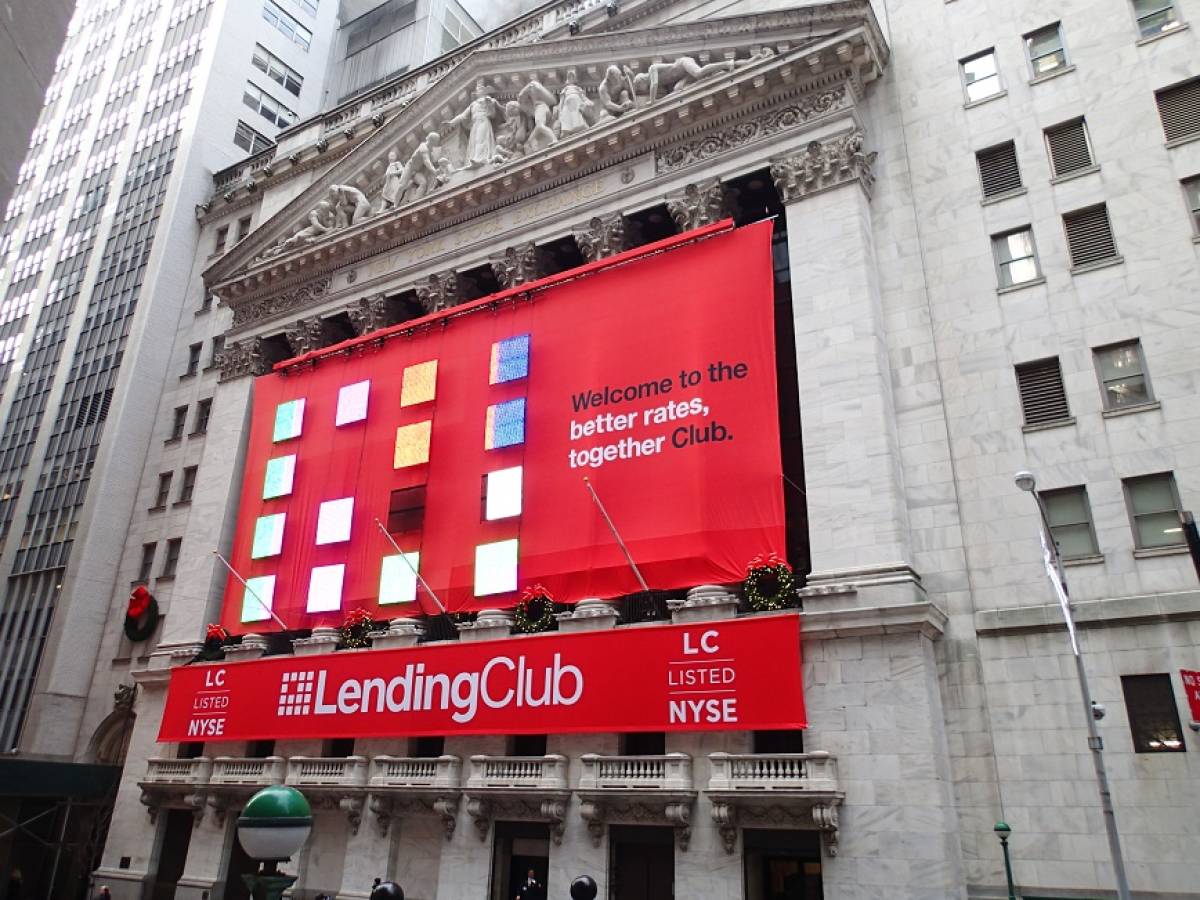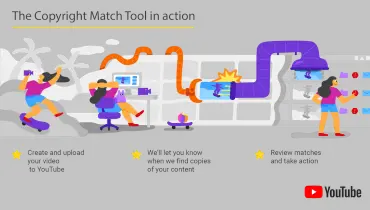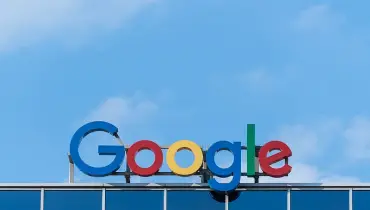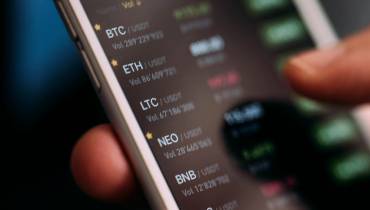Alternative Lending Is Booming. Here’re Popular Options in the US

Photo: Mediasagax / Wikimedia Commons
Non-banking and alternative credit institutions pose a serious threat to existing banks. Success is guaranteed by the introduction of new technologies, pleasant loan terms and service for those who have not received support from banks.
Business Insider analyzed what alternative lending is, listed the best alternative lenders in the United States, and described how the new financial institutions are dangerous for banks.
Trends in Non-Bank and Alternative Lending
According to the Oracle Digital Demand In Retail Banking survey, which involved 5,200 consumers from 13 countries, more than 40% of respondents believe that non-banking organizations can help them manage their personal money and investments, and 30% of respondents who have not yet used the non-banking platform said they are ready to test it.
Alternative lenders especially attract the attention of small and medium-sized enterprises. According to the SMBs Finance forum, there was a $5 trillion gap between the needs of small and medium-sized businesses and the funding available to them at the level of banking institutions in 2018.
Alternative lenders use technologies such as artificial intelligence and machine learning to collect General data and customer data. And if Bank employees don't study these technologies, alternative lenders may start to take a bigger share of the market.
Types of Non-Bank Alternative Loans

Non-Bank institutions offer a variety of lending options, including mortgages, business loans, and peer-to-peer loans.
Non-Bank Mortgage Loan
Bank employees sometimes find it difficult to digitize the lending process, including due to regulatory requirements. The inability of classical banks to adapt to digitalization has led to an increase in the number of alternative companies providing mortgage loans.
An online report on mortgage lending by Business Insider Intelligence found that the five largest US banks – Wells Fargo, Bank of America and JPMorgan Chase, US Bancorp and Citigroup – had a total mortgage loan volume of only 21%, a huge drop from their 50% combined market share in 2011.
Alternative lenders pose a threat to the banking sector because they can provide traditional financial services, such as mortgages, to consumers at lower interest rates with more acceptable requirements. This, combined with their technological offerings, allows them to conquer the market.
Small Businesses Alternative Credit
Applications for loans from micro and small businesses are usually rejected by traditional financial institutions due to non-compliance with strict requirements. Alternative credit platforms are more attractive in this case.
According to a survey by the Federal reserve Bank of Richmond, in 2016, only 58% of requests from small businesses were approved by banks, while in the same year, 71% of applications were approved by alternative lenders.
Peer-to-Peer (P2P) Credit
Peer-to-peer loans - this term refers to the issuance and receipt of loans by individuals directly, without using traditional financial institutions (banks, credit unions) as an intermediary.
Usually, P2P lending is implemented using special Internet sites, where the user can act as both a lender and a borrower. Most of the loans issued within the framework of such services are unsecured private loans (issued and received by individuals), but in some cases, legal entities may also participate in this process.
P2P lending differs from traditional lending by an increased level of risk, since in most cases it is impossible to check the borrower's credit history and conduct high-quality scoring. Accordingly, the rates on such loans are high. Lenders can reduce the risk of non-repayment by issuing a lot of small loans to different borrowers.
Bids for P2P loans can be either fixed or determined based on a reverse auction. In the latter case, the potential borrower sets the maximum rate at which he agrees to take out a loan, and potential lenders bargain among themselves, offering money at a lower rate.
Top Alternative Lending Platforms
- SoFi: This is an online lender that focuses on refinancing student loans and mortgages for low-risk borrowers. The company offers a new type of credit outside of traditional banks. SoFi is valued at $4.4 billion after raising $500 million in February 2017. In total, the company raised more than $2 billion, $1 billion of which was invested by SoftBank in 2015.
- Quicken Loans: The largest non-Bank lender in the United States. The Quicken Loans online app takes less than 10 minutes to get a mortgage. In the fourth quarter of 2017, Quicken Loans became the largest borrower in the United States by volume, ahead of Wells Fargo.
- Kabbage: A credit platform that helps start-up entrepreneurs forget about paperwork. Banks often ask for whole piles of documents and may refuse to lend due to non-compliance of parameters that do not even affect the business. Kabbage approaches this issue creatively: it measures non-standard important parameters. The company has already helped more than 150,000 entrepreneurs by issuing loans totaling $5.6 billion. Minimum requirements: the business must bring in $50,000 annually or $4,200 per month for the past 3 months.
- LendingClub: This is a peer-to-peer lending company that has become one of the more reputable destinations for online personal loans. It is usually an ideal method to borrow for a special need or credit card debt consolidation.
- Upstart: Founded in 2012 by a group of former Google employees, Upstart claims in its mantra that, “You are more than your credit score.” It’s a great option if you have a sketchy or limited credit. Successful personal loan applicants may be able to access as much as $50,000 in funding at interest rates as low as 7.35%.
- Prosper: As the oldest peer-to-peer lending marketplace in the United States (founded in 2005), Prosper is a great option if you have a well established credit history. Borrowers can get loans of up to $40,000, with starting rates as low as 7.95%.
- Peerform: This alternative lending platform was founded by a group of Wall Street executives in 2012. It offers competitive interest rates for borrowers with excellent credit, with rates as low as 5.99%, but the maximum loan amount is only $25,000.
Conclusion: The Market for Alternative Lending Is Blossoming
Even though the largest share of the business lending market still belongs to traditional banks, their growth is slowing. On the contrary, the demand for alternative credit platforms is growing.
According to a report on small and medium-sized business lending by Business Insider Intelligence, small and medium-sized businesses make up almost all private sector businesses in the United States and employ 60% of all workers in the country.
However, small and medium-sized businesses usually have problems applying for personal loans for bad credit from existing banks, and instead turn to alternative platforms.
If traditional banking institutions do not update their methods of operation, technology companies may take a large part of the market.















![7 Inspirational Quotes to Uplift You [INFOGRAPHIC] young-woman-inspired-notes-smile-inspiration-quote](/sites/default/files/styles/video_thumbnail_bottom/public/young-woman-notes-smile-inspiration-quotes.jpeg?itok=DqYtOSE1)






